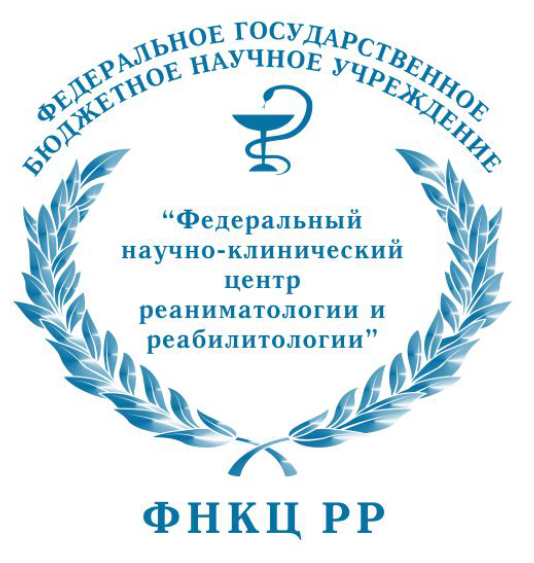
|
ИСТИНА |
Войти в систему Регистрация |
ФНКЦ РР |
||
Методы генеративной аугментации для нейросетевого анализа гистологических изображенийНИР
Generative augmentation methods for neural network analysis of histological images
- Руководитель НИР: Крылов А.С.
- Ответственный исполнитель: Хвостиков А.В.
- Участники НИР: Карнаухов В.Е., Локшин Н.Д.
- Подразделение: Лаборатория математических методов обработки изображений
- Срок исполнения: 1 января 2022 г. - 31 декабря 2023 г.
- Номер договора (контракта, соглашения): 22-21-00081
- Номер ЦИТИС: 122051200085-6
- Тип: Фундаментальная
- Приоритетное направление научных исследований: Математическое моделирование и численные методы
- Приоритеты и перспективы НТР Российской Федерации согласно Стратегии НТР РФ: переход к передовым цифровым, интеллектуальным технологиям
- ПН России: Информационно-телекоммуникационные системы
- Направление технологического прорыва России: Стратегические информационные технологии
- Критическая технология России: Нано-, био-, информационные, когнитивные технологии
-
Рубрики ГРНТИ:
- 28.23.15 Распознавание образов. Обработка изображений
- 28.23.37 Нейронные сети
- 76.03.35 Медицинская гистология
- 76.03.59 Медицинская кибернетика
-
Ключевые слова:
гистологические изображения, адверсативные атаки, генеративно-состязательные сети, сверточные нейронные сети, генеративная аугментация, обучение с частичным привличением учителя
adversarial attacks, semi-supervised learning, generative adversarial networks, generative augmentation, histological images, convolutional neural networks -
Описание:
Разработка новых методов генеративной аугментации гистологических изображений, направленных на улучшение эффективности обучения и применения нейросетевых моделей классификации и сегментации гистологических изображений. Применение разработанных методов в задачах с ограниченными объемами размеченных данных, используемых для обучения, а также в задачах с использованием неразмеченных изображений.
-
Abstract:
The importance of pathological anatomy in modern medicine can hardly be overestimated. The intravital pathological diagnosis is often a decisive factor in deciding on the final diagnosis and the appropriate treatment strategy. In oncological diagnostics, in particular, morphological diagnosis includes not only making a decision about the malignancy or benignity of the process, accurate typing of the tumor, but also, often, determining the potential effectiveness of modern targeted drugs. Despite its absolute importance, pathological anatomy today is experiencing a great lack of specialists. Digital pathology is intended to translate the quality of pathological diagnostics and level the lack of specialists. Modern methods of deep learning and application of convolutional neural networks show high efficiency in the tasks of classification, segmentation and analysis of histological images. Despite their high efficiency in image analysis tasks, approaches based on the use of neural network models require a large number of labeled images for correct training. At the same time, with an increase in the complexity of the model, the required volume of labeled data also grows. In the case of histological images, obtaining new data is not an extremely acute problem due to the emergence of new generation scanners capable of obtaining high-quality images, which cannot be said about data annotation. Manual annotation of histological images (especially whole slide images) can take up to several hours per image in the case of a segmentation task and should be performed by a specialist histologist. Thus, the most realistic situation in the field of modern digital pathology is the presence of a small number of annotated images and, possibly, a large number of unannotated histological images. This project is focused on the development of new methods of generative augmentation, allowing the application of deep learning models in the described situation. Based on a relatively small amount of labeled data, generative augmentation methods are able to create new synthetic images with appropriate annotation, which, in turn, can be used to train neural network models for analyzing histological images. In addition, generative augmentation methods are able to learn from completely unlabeled images, which allows the most efficient use of available histological data. In this project, it is planned to develop new approaches of generative augmentation of histological images based on the use of variational autoencoders and generative adversarial models. Also, a feature of the approaches proposed in the project is the additional use of adversarial attacks that exploit the vulnerabilities of modern image analysis models based on deep learning. In particular, small (often invisible to humans) specially selected image changes can “deceive” the model and “force” it to give an incorrect prediction. However, this feature can be used to improve the robustness of deep neural network models. Thus, the independent creation of adversarial attacks and the use of constructed adversarial examples for training a model expands the training data and makes it significantly more variable, which has a positive effect on the generalization ability of the model and makes it less demanding on the volume of labeled input data.
-
Планируемые результаты:
В рамках выполнения проекта будут разработаны новые методы генеративной аугментации гистологических изображений, направленные на улучшение эффективности обучения и применения нейросетевых моделей классификации и сегментации гистологических изображений в условиях ограниченного набора размеченных данных: -методы адверсативной аугментации, -методы, основанные на использовании вариационных автокодировщиков, -методы, основанные на применении генеративно-состязательных моделей.
-
Научный задел:
В рамках выполнения проекта будут разработаны новые методы генеративной аугментации гистологических изображений, направленные на улучшение эффективности обучения и применения нейросетевых моделей классификации и сегментации гистологических изображений в условиях ограниченного набора размеченных данных: -методы адверсативной аугментации, -методы, основанные на использовании вариационных автокодировщиков, -методы, основанные на применении генеративно-состязательных моделей.
- Добавил в систему: Врагова Елена Юрьевна
Соисполнители НИР
| МГУ имени М.В.Ломоносова | Координатор |
Источник финансирования НИР
| грант РНФ |
Этапы НИР
| # | Сроки | Название |
| 1 | 1 января 2022 г.-31 декабря 2022 г. | Разработка методов генеративной аугментации для нейросетевого анализа гистологических изображений |
| Результаты этапа: | ||
| 2 | 1 января 2023 г.-31 декабря 2023 г. | Разработка методов генеративной аугментации для нейросетевого анализа гистологических изображений |
| Результаты этапа: | ||
Прикрепленные к НИР результаты
Для прикрепления результата сначала выберете тип результата (статьи, книги, ...). После чего введите несколько символов в поле поиска прикрепляемого результата, затем выберете один из предложенных и нажмите кнопку "Добавить".